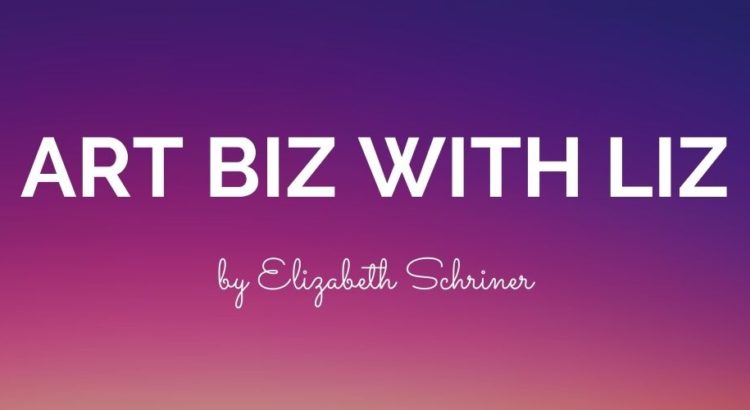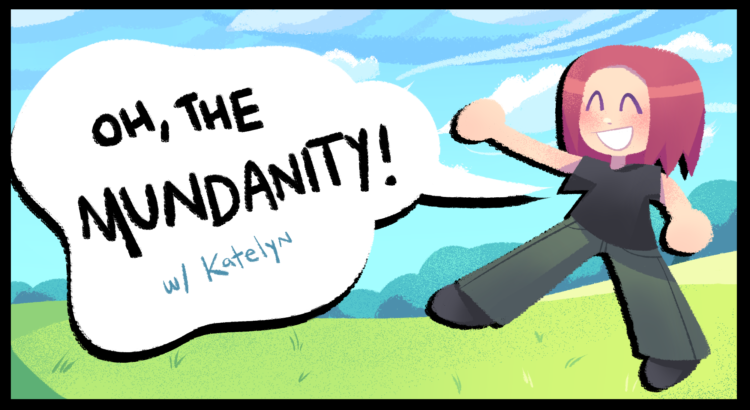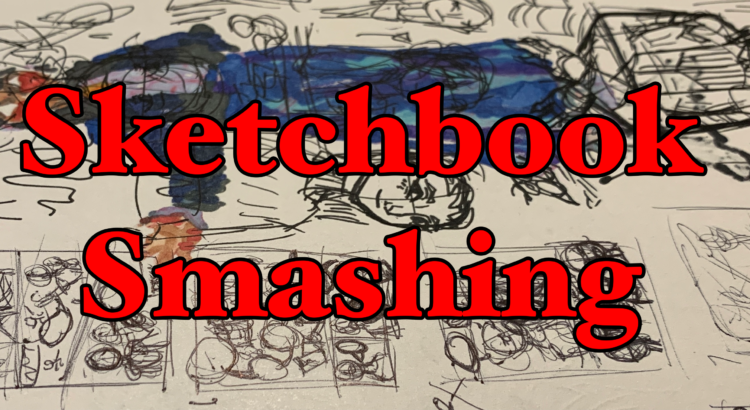It’s quite amazing how, at the University of Michigan, we have several fantastic museums right on campus. One such museum is the University of Michigan Museum of Art (UMMA). I like going to the (free!) art museum every so often to see the rotating exhibits, but prior to last week, it had been over a year since I visited the UMMA in person. I had the opportunity to visit the museum with my art class last week, and I enjoyed my visit so much I went again today.
Walking into the Marvin H. Davidson Gallery, my initial impression was that much of the art seemed similar in style and focus. Variations of painted portraits featured a range of white, wealthy individuals staring back at me. The art was part of an exhibit called “Unsettling Histories: Legacies of Slavery and Colonialism.” One sculpture, Untitled (bird cage, re-lynching) by Tyree Guyton, diverged from the portraits surrounding it. At first glance, it appeared to be a simple birdcage, but the longer I stood in front of it, the more I took away from it.


According to the sculpture’s description, the artist, Tyree Guyton, “frequently uses found objects to explore social and political themes.” Standing on its own, the birdcage is covered in paint and contorted, the metal jutting inwards and outwards in several directions. The movement of the main birdcage is contrasted by the stillness of its stand. At first, I thought it represented being “trapped,” but there could be other interpretations on the use of a birdcage. For example, there is duality in thinking about who was likely to own birdcages and what they represented, such as wealth and aristocracy. I perceived the birdcage to reflect not only the potential wealth of such slaveowners, but their view of slaves as property and less than human. Although not exactly on the topic of lynching and castration, the metal bell, another found object inside the birdcage, again reminded me of slavery. According to sources such as the Louisiana Digital Library, collars with bells might have been used to deter slaves who had previously tried to run away from doing so again. The United States flag, the last object in the birdcage, links the abominable practice to our country and its origins.
While the piece itself is untitled, the description of the art provides context in that it was common to castrate the Black men being lynched. Lynching itself was a horrifying and despicable practice, and castration added a physical attack on Black masculinity. The sculpture’s label also noted that castration was particularly common for those accused of sexually assaulting a white woman, perpetuating stereotypes of Black men being predatory.

This piece isn’t quite as abstract or unclear in meaning as some of other works I saw at UMMA, but there are certain aspects that even after reading the description could be up to interpretation. The purpose of the splatter of colors, for example, is unclear. To me, they reflect a kind of chaotic energy, and the red reminds me of shed blood. Still, even without knowing the information on the sculpture’s label, it’s possible to infer similar symbolism given the exhibition title and the sculpture’s combination of a United States flag, metal bell, and replica human phallus all trapped within the birdcage surrounded by portraits of wealthy white individuals.
This piece is powerful in its reflection on historical events, especially those that pertain to dark parts of our country’s history. My identity has made me privileged in that I cannot even begin to fathom what it is like to experience or fully relate to the themes and history reflected by this art, but the sculpture attracted me to it from both an emotional and intellectual standpoint. One of my first thoughts seeing this piece was, quite honestly, “is that a penis?” I think provoking such responses works in the artist’s favor, engaging the viewer and being upfront with topics that some might consider difficult to acknowledge or discuss
I’m not the only one who was interested in the exhibit, and I won’t be the last. If you’re at all interested, I encourage you to visit the UMMA, whether online or in person, or read more about the “Unsettling Histories” exhibition here.












